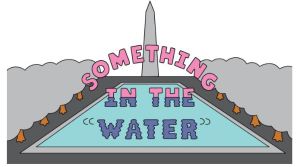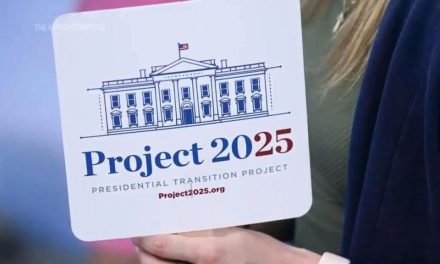By Deborah Bailey,
AFRO Contributing Editor,
dbailey@afro.com
Have you heard the news? Federal student loan repayments restarted this month.
Federal student loans were paused for close to $44 million borrowers on March 13, 2020 during the COVID-19 pandemic. The loans were reinstated in September 2023, after a Supreme Court ruling.
While millions have restarted payments – there are still millions more that need to get started, according to the National Credit Union Administration.
Maybe you are facing one of these very real scenarios.
It’s already late October and you haven’t made a move toward repayment or don’t know what to do.
Maybe your student loan was already in default before COVID-19, and you need to find out if there is any hope. Perhaps your income took a big hit after the pandemic and you can’t make payments right now.
There is good news from the U.S. Department of Education.
“We designed the on-ramp for loan repayment knowing that it will take time for people to figure out repayment plans,” said a spokesman from the Department of Education who spoke with the AFRO, giving background information about the Federal student Student loan process.
“We also recognize some borrowers who graduated during the pandemic, and are coming into the loan repayment system for the first time,” said the spokesperson. “The Biden administration wants borrowers to get reconnected to the repayment process without fear of penalties during this initial period.”
So let’s get started.
Step One: Understand the on-ramp period for student loan repayments
The Biden administration knew it would take time for millions of borrowers to get back into the routine of monthly payments. Here are some important things to know about your first year of returning to student loan repayment.
- You will receive your bill 21 days before the payment is due, so there will be no surprises and plenty of time to pay off your loan. (Didn’t receive a bill? Keep reading.)
- If you miss a payment between now and Sept. 30, 2024, your loan won’t become delinquent. Good news for your credit rating. But this is only for the next 12 months.
- Missed payments during the “on-ramp” period will be added to your loan. Interest will still accrue – but no adverse credit activity should show up on your report.
- Check your status at www.studentaid.gov (see graphic in pic at top). Go to the restarting payments section of the website and go to the income driven repayment plans.
Step two: Find your loan servicer if you don’t already know them or haven’t received a bill
- Don’t know who holds your loan? Call 1-800-621-3115 (TTY 1-877-825-9923).
Step three: Choose a repayment plan
DOE encourages borrowers to look into the SAVE plan, a new Income-driven repayment plan (IDR) developed by the Department of Education that will help many borrowers reduce their monthly bills. Best news, you may already be enrolled.
- If you have a direct student loan, and were already making payments in a revised pay as you earn income driven repayment plan, (REPAYE), your loan has already transitioned to the SAVE plan.
- Married borrowers who file income taxes separately don’t need to include their spouse’s income to determine their repayment calculation. (Your spouse’s income will be considered if you file a joint return).
- Borrowers with undergraduate loans will pay 5 percent of discretionary income each year. (Less than the 10 percent rate on the previous REPAYE plan).
- Graduate loans are calculated at 10 percent of discretionary income each year.
Step four: Find out if you have to repay at all based on your income
- Single borrowers earning less than $32,705 a year will not need to repay (67,500 for a family of four) will not need to make repayments now. That changes as your income increases.
U.S. Vice President Kamala Harris promoted the SAVE program on her Fight for Our Freedoms College Tour this month.
“Monthly payments will be based on income, rather than total student loan balance,” Harris said. “As long as you make the monthly payments required under your plan, your loan balance will no longer grow because of unpaid interest – making sure that you make progress on paying down your debt.”
Step Five: For defaulters only, connect with the Fresh Start Program for defaulted student loan borrowers.
- Fresh Start is a one-time temporary program offered by the U.S. Department of Education (DOE) to move your loan out of default status
- Contact your loan holder, if the loan was held by a guaranty use this link to locate the organization: https://studentaid.gov/manage-loans/default#guaranty-agencies
- If your loan was held by DOE, contact them using the following options: myeddebt.ed.gov or call 1-800-621-3115. Deaf or hearing impaired call 1-800-621-3115.
If you have a federal student loan of any kind, the time to act is now. Don’t freeze and don’t fail to make payments. The on-ramp period and Fresh Start Program are temporary. Credit penalties for missed payments and/or defaults after September 2024 impact career, housing and other major life choices.
The post Federal student loans: Time to get back in the game appeared first on AFRO American Newspapers .











